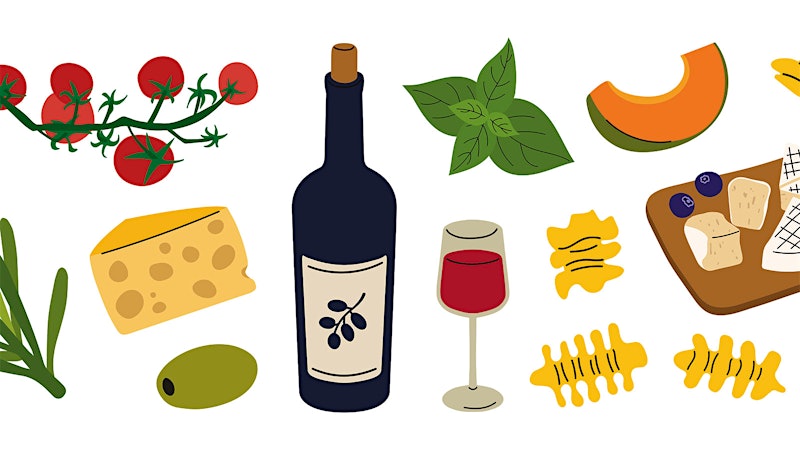Approximately 0.01 percent of the vineyards in France’s Rhône Valley are planted to Muscardin, an auxiliary blending red grape, which, while recognized in the official Châteauneuf-du-Pape regulations, is often forgotten among the better-known allowed varieties such as Syrah, Grenache and Roussanne.
“[Muscardin] is one of the many old varieties that fell out of favor,” says Tablas Creek partner and general manager Jason Haas. “In the 1960s and ’70s, it was making wines that were pale and low alcohol, and high in acid, in an era where the wines that were being rewarded tended to be dark and rich and luscious.”
In 2019, Tablas Creek established half an acre of Muscardin in its Paso Robles vineyards, completing the winery's set of all 14 Châteauneuf-du-Pape varieties. That block now represents all of California’s Muscardin plantings.
But why grow a castaway grape? Learn more with senior editor Aaron Romano in his most recent column!
Member-Only Content
Premium SubscriptionJoin today and get immediate access to this article, and to our entire database of more than 450,000 wine ratings. It only takes moments—but it will help you drink better all year long.
Already a member? Sign In

Try Winespectator.com Free for 30 Days!
Full access to our database of more than 425,000 wine ratings
Early access to reviews on our editors' favorite just-rated wines
Wine and food pairing tool,
chefs' pairing recommendations
Best value wines and winery intel
Subscribe today










